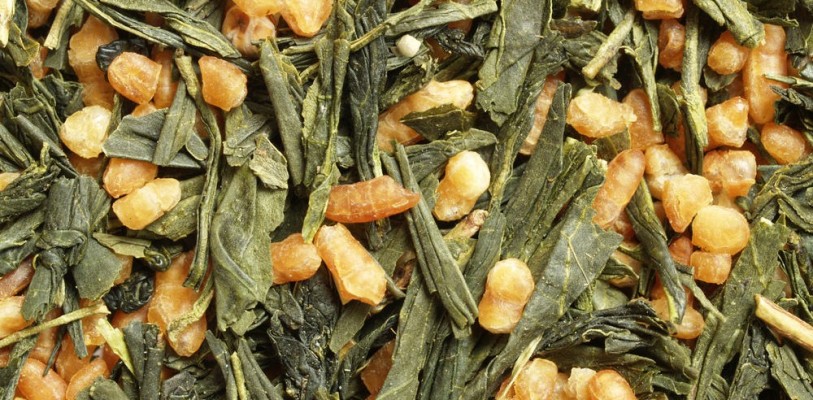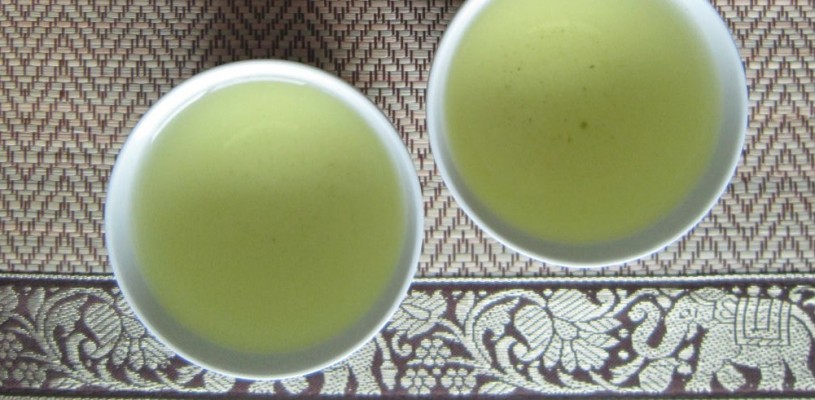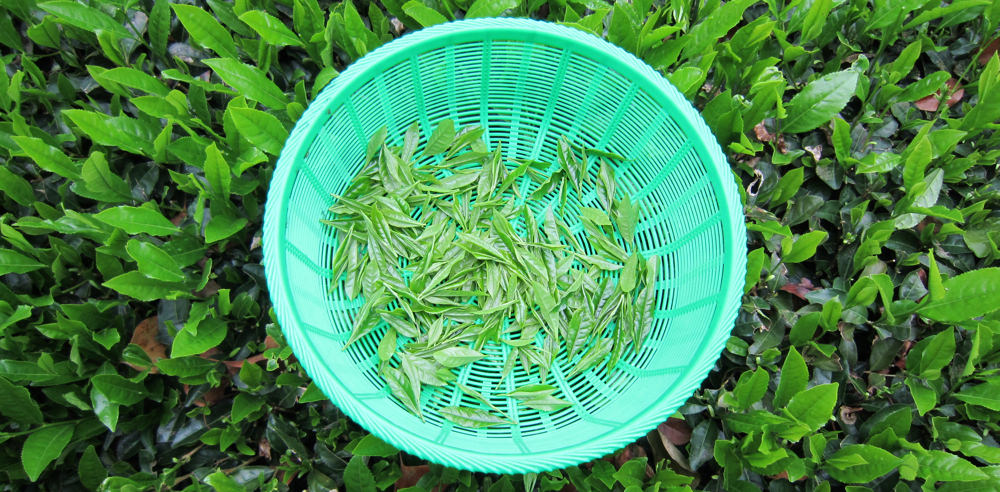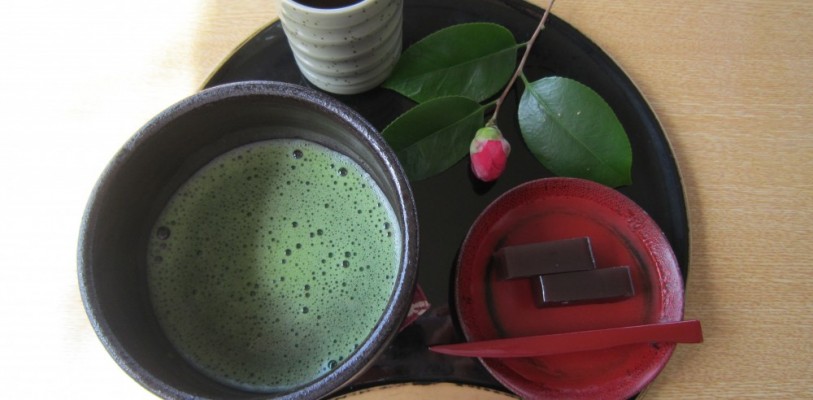
Matcha tea is a green powder tea that was developed by the Japanese and was virtually unknown to most people outside of Japan. Recently it has become quite a popular drink, and for good reason.
Scientist have found that matcha has at least 3 times more antioxidants than whole leaf green teas. This is because the entire leaf is consumed, rather than soaking and removing the leaves.
The difference is in the way it is grown, harvested and processed. First, the tea plants spend most of their lives growing in the sun. Then, they are covered in shade for 20 days before harvest. This increases the amount of all those beneficial nutrients and reduces the bitterness.
Then, the newly shade-grown leaves are picked, steamed and ground into a super fine powder. Because these leaves are grown in the shade and picked a few weeks later, the powder is a bright neon green just like the color of the young leaves.
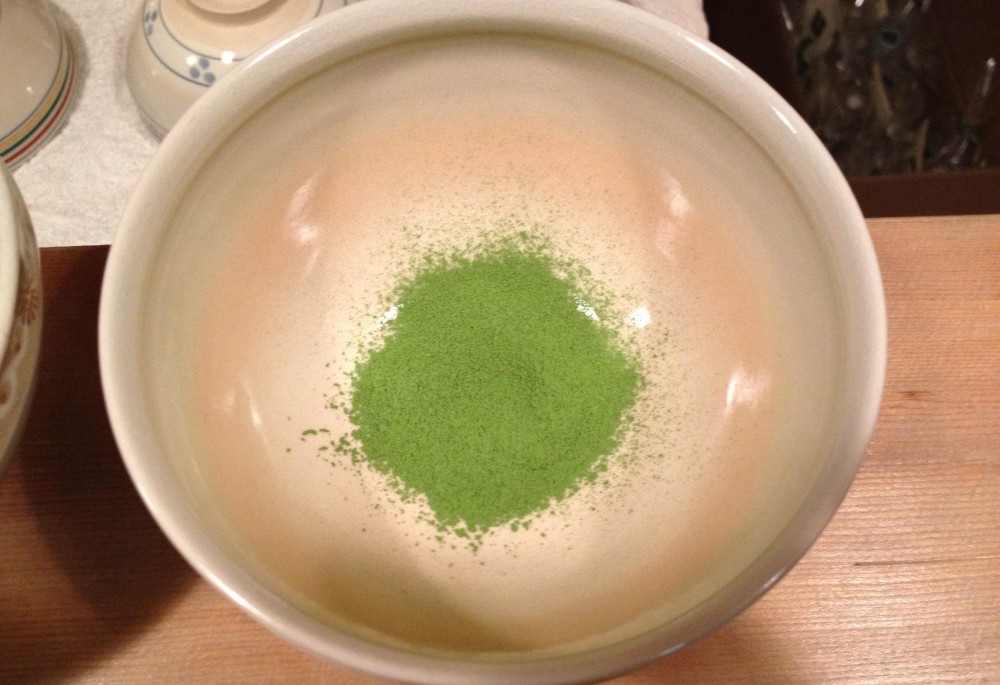 Japanese Matcha Green Tea Powder
Japanese Matcha Green Tea Powder
It is important to note that although matcha is a powdered green tea, not all powdered green teas can be classified as matcha. This type of tea is grown, harvested and processed in a very specific manner. This is what classifies it as matcha and gives it the distinctive color (see image above).
If your tea has a slightly brownish or dark green color, then there is a good chance it is just ground down green tea leaves. This is fine, but this type of tea is typically used for baking and mixing because it tends to taste bitter.
Also, since you are consuming the entire leaf, you want to be sure of the origin of your matcha tea.
It’s believed by some nutritionists that Japanese matcha green tea offers more health benefits than any other type of green tea. Studies have indicated that antioxidants found in green tea can even offer protection against diseases like cancer.
In one study conducted at the University of Colorado, scientists found that drinking matcha green tea gives you 100% of the helpful antioxidants. This is because the powder contains at least 3 times more EGCG than the highest rated full leaf green teas in the United States.
There are a number of reasons for the higher concentration of EGCG found in matcha, and the main one is that you drink the entire ground up leaf. Of course the way it is grown, harvested and processed also play a large role in these benefits.
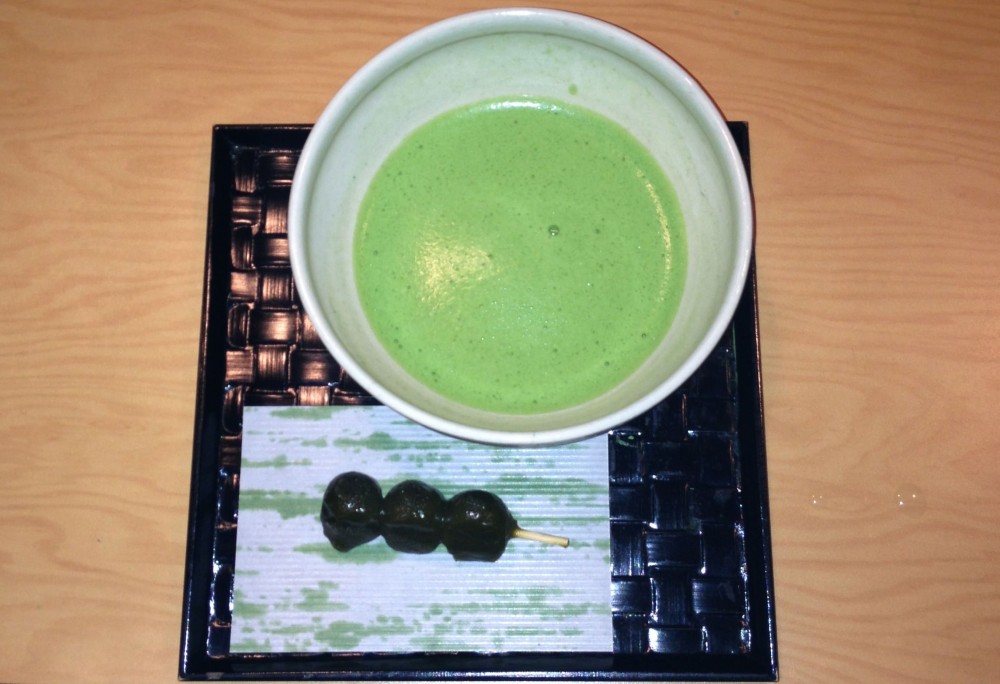 Traditional Matcha Green Tea
Traditional Matcha Green Tea
Matcha (often mistakenly referred to as instant green tea) is brewed completely different than regular green tea. Here are two ways you can make and enjoy this drink.
To make one serving, you need the following.
I believe that matcha tea has the capability of making your mind feel totally alert, while at the same time keeping you totally relaxed!
This article contains a link to DailyMatcha.com. Daily Matcha is our store where we sell green tea directly from Japan. Your purchases at Daily Matcha support our effort to keep this website free and to spread the word about green tea. Thank you!
Anderton, C. R. & Weiss, D. J. (2003). Determination of catechins in matcha green tea by micellar electrokinetic chromatography. Journal of Chromatography A, 1011(1-2), 173-180. Kadley, M. (2013). Matcha. Vegetarian Times, (402), 34-37.
